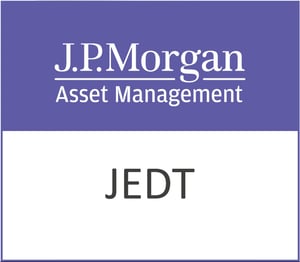NatWest Group PLC, trading under the ticker NWG.L, stands as a significant player in the UK’s financial services sector, serving a broad spectrum of customers from personal banking clients to multinational corporations. With a storied history dating back to 1727 and a recent rebranding from The Royal Bank of Scotland Group in July 2020, NatWest continues to evolve within a dynamic banking industry landscape.
The company’s current stock price is 458.7 GBp, nestled within a 52-week range of 279.70 to 480.30 GBp. Despite no change in price on the most recent trading day, the stock is positioned for potential growth, as evidenced by analyst ratings. With 11 buy ratings, 6 hold ratings, and no sell ratings, the sentiment surrounding NatWest is cautiously optimistic. The average target price of 510.65 GBp suggests a potential upside of 11.32%, a compelling prospect for investors seeking opportunities in the banking sector.
NatWest’s dividend yield of 4.69% is attractive, particularly in an era of low interest rates. The payout ratio of 33.59% indicates a sustainable dividend policy, allowing the company to reward shareholders while retaining earnings for growth and stability. This balance is crucial for investors who value income generation alongside capital appreciation potential.
However, several valuation metrics, such as the P/E ratio and PEG ratio, are notably absent, possibly due to transitional financial circumstances or strategic reinvestment phases. The forward P/E ratio of 696.17 appears unusually high, warranting a deeper exploration of the company’s future earnings projections and market expectations.
The bank’s performance metrics reveal a revenue growth of 10.30%, supported by an EPS of 0.52 and a robust return on equity of 12.36%. These figures underscore NatWest’s ability to generate profits efficiently and leverage its assets effectively. However, the absence of net income and free cash flow data might raise questions about the company’s comprehensive financial health.
From a technical standpoint, NatWest’s stock is trading above both its 50-day and 200-day moving averages, suggesting a bullish trend. The RSI of 87.80, however, indicates that the stock may be overbought, which investors should consider when timing their entry or exit strategies. The MACD and signal line data, with the MACD at -0.58 versus the signal line at -2.87, suggest a weakening momentum that could warrant closer monitoring.
NatWest’s strategic focus spans Retail Banking, Private Banking, and Commercial & Institutional segments, providing a diversified revenue stream that can mitigate sector-specific risks. The bank’s ongoing digital transformation and commitment to sustainable banking practices position it well in a competitive market, particularly as customer preferences shift towards mobile and online services.
For investors considering NatWest, the key is balancing the attractive dividend yield and potential upside with the need for careful scrutiny of its valuation and technical indicators. As the UK banking sector navigates regulatory changes and economic uncertainties, NatWest’s adaptive strategies and historical resilience could offer both challenges and opportunities for discerning investors.






































